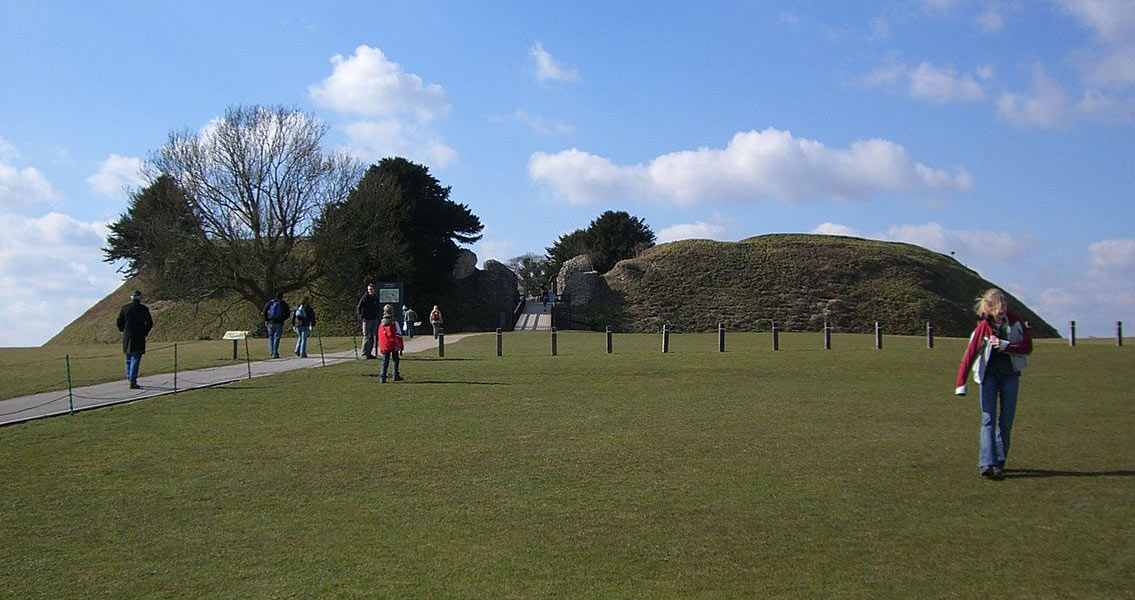<![CDATA[Archaeologists have just discovered a large medieval city, without even using spades. The eleventh century city was found by using non-invasive, state of the art scanning techniques. Located inside the massive Iron Age earthwork fort at Old Sarum, Wiltshire, the medieval city was founded by William the Conqueror and saw one of Norman England's most important political events: the gathering of the country's nobility to swear loyalty to William. By utilising new methods, a long-vanished settlement is being rediscovered. Although the site was largely abandoned for hundreds of years, it is now presenting academics with a unique opportunity. It has already given scholars unprecedented information about Norman town planning. The geophysical survey is being carried out by archaeologists from the University of Southampton. Kristian Strutt, director of archaeological prospection services at the university, told The Telegraph, "Archaeologists and historians have known for centuries that there was a medieval city at Old Sarum, but until now there has been no proper plan of the site." Modern methods used so far to survey the site include magnetometry, earth resistance, ground penetrating radar and electric resistivity tomography - which uses electrodes to probe underground. Investigations have revealed a complex settlement. The city, with origins in the Iron Age and the Roman Conquest, was inhabited for more than 300 years until it was superseded by the rise of New Sarum - modern day Salisbury - in the thirteenth century. So far, archaeologists have been able to reveal the foundations of dozens of ordinary houses and the remains of the original fortifications. What is more puzzling is a vast, mysterious structure, possibly a huge royal palace. The 170 metre long, 65 metre wide complex, arranged around a large courtyard, has walls up to 3 metres thick. It also includes a 60 metre long great hall and what appears to have been a substantial tower. Multi-storey buildings with upper floors have also been found, which almost certainly would have been supported by substantial columns. "The location, design and size of the courtyarded complex strongly suggests that it was a palace, probably a royal one. The prime candidate for constructing it is perhaps Henry I sometime in the early 12th century," said Dr Edward Impey, Director-General of the Royal Armouries and one of Britain’s leading experts on medieval buildings. Archaeological excavations are a vital method for understanding past settlements and societies. By digging down to objects of interest in order to study them, however, they can be damaged or destroyed. Digs also only reveal what is excavated, meaning important finds can be missed if archaeologists dig in the wrong place. Non-invasive techniques allow scholars to view an entire site without causing any harm to artefacts. Heather Sebire, property curator at English Heritage, said "The use of modern, non-invasive surveying is a great start to further research at Old Sarum. From this work we can surmise much about the site's past and it adds a new layer to Old Sarum's story." By creating a detailed map of the entire town, a glimpse of how a medieval settlement was planned is revealed. If we know how urban sites were created, we can start to understand how inhabitants of these places lived in their day-to-day lives.]]>
Huge Medieval City Discovered Without even Using a Spade
